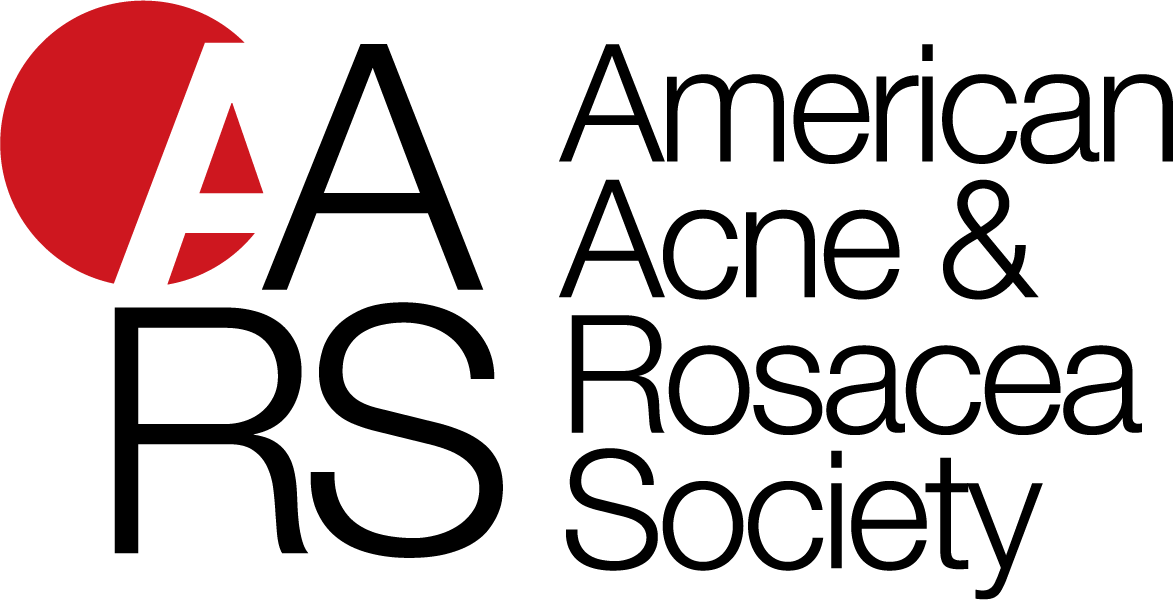Noori Kim, MD
Johns Hopkins University, School of Medicine, Dept. of Dermatology
2012 Research Grant Recipient
Research Grant Proposal
Linking the Inflammation of the Skin and Eye in Rosacea
Rosacea is a common and chronic inflammatory skin disease that affects over 10 million Americans. Four primary subtypes are recognized: erythematotelangiectatic, papulopustular, phymatous and ocular rosacea. Ocular rosacea is a common but widely underdiagnosed disease by many clinicians despite the potential to cause blindness. In a previous large case series, about 9% of the patients were noted to have clinically significant corneal involvement and decreased visual acuity from ocular rosacea.
The mechanisms in which ocular rosacea cause inflammation of the ocular surface and subsequent damage are not known. Recent molecular studies suggest that an altered innate immune response is involved in the pathogenesis of facial rosacea. Innate immunity responds to environmental stimuli, such as UV, microbes, trauma, by increasing cytokines and anti-microbial molecules. One of these anti-microbial molecules, cathelicidin in the form of LL-37 peptide, is found to be elevated in patients with facial rosacea. This increase is a result of abnormal production of a local serine protease, kallikrein 5 (KLK5, also known as stratum corneum tryptic enzyme) that cleaves cathelicidin peptides from its precursor protein in the epidermis. LL-37 peptide induces the expression of proinflammatory cytokines in keratinocytes, chemotaxis of adaptive immune cells and angiogenesis. Injection of this cathelicidin peptide into mouse skin rapidly results in skin inflammation resembling pathological changes in facial rosacea. Although phenotypes of rosacea subtypes vary clinically, they are all related in that there is significant chronic inflammation.
We hypothesize that a similar aberrant innate immunity is also involved in the pathogenesis of ocular rosacea. To test our hypothesis, we will examine the severity of ocular rosacea and their facial skin involvement in our patients. Their tear, conjunctival epithelium obtained by impression cytology, as well as facial skin will be subject to molecular studies. Measurement of cathelicidin peptide and kallikrein 5 levels will be performed by Western blot or immunodot blot and quantitative RT-PCR. These methods will allow for quantification at both protein and mRNA levels in the teardrops and conjunctivae of our ocular rosacea patients versus normal controls. These findings will be correlated with our clinical observations and are expected to shed light on the role of autoinflammatory effects of anti-microbial peptides in the pathogenesis of ocular surface inflammation associated with rosacea.

